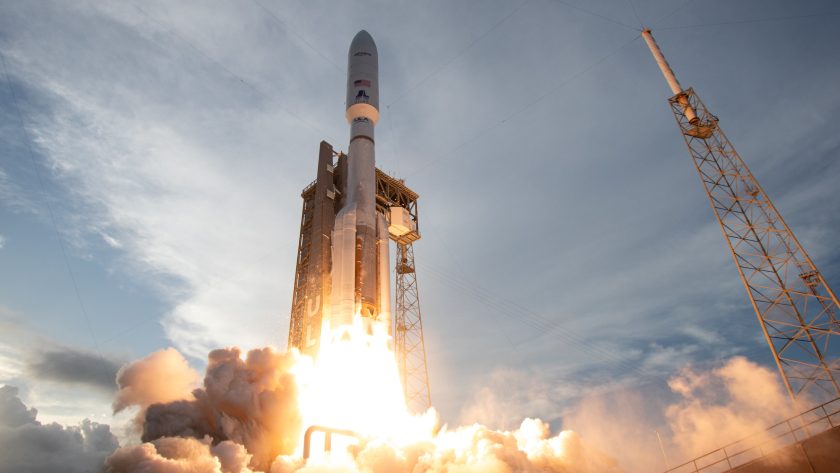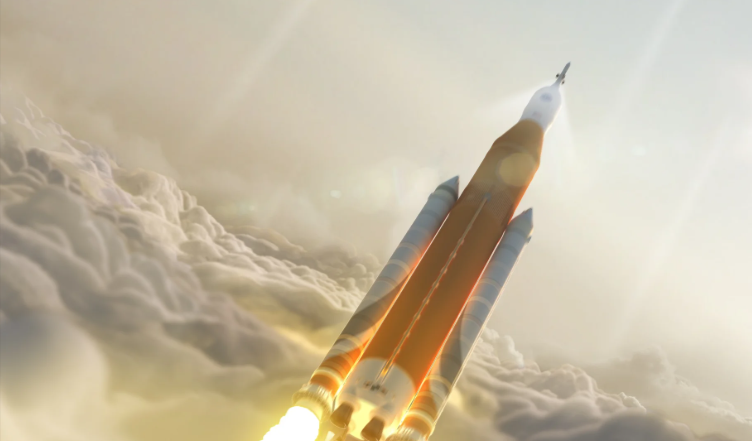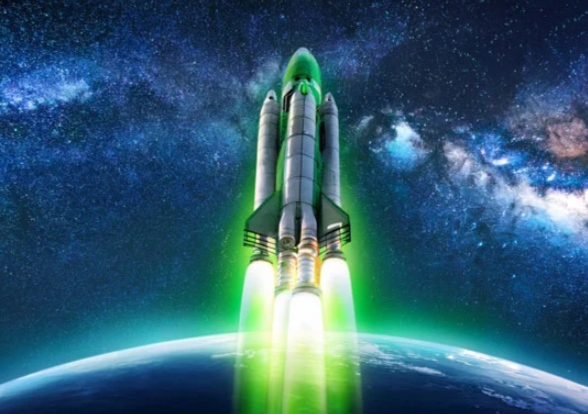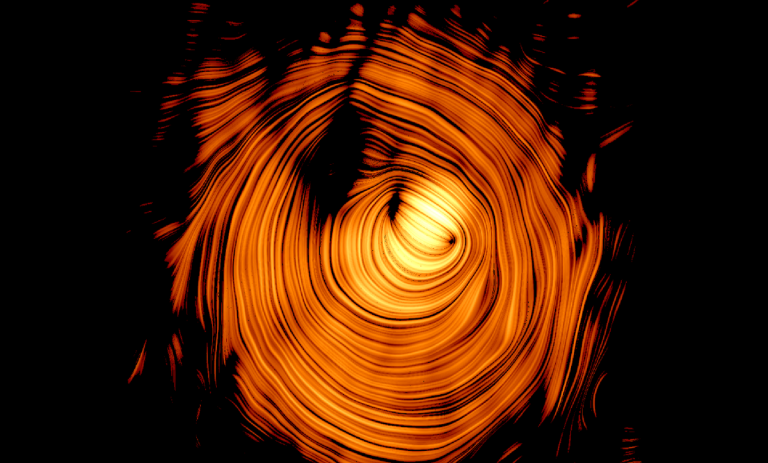
Lately, we’ve all been marveling at the growing number of rockets blasting into the sky. Companies like SpaceX launch rockets so often that it feels normal, and many of us celebrate when small satellites go into orbit around the Earth.
However, a recent study – Near-future rocket launches could slow ozone recovery – explained that each rocket launch leaves behind more than just rocket parts and pretty pictures on social media. There are other things left behind that can be harmful or cause problems.
The situation is like a busy highway where every car that passes through leaves behind some trash, like wrappers or bottles. Over time, even though the cars are gone, the trash piles up along the road, making it dirtier and harder to travel.
A New Threat to the Recovering Ozone Layer
The research shows that the growing space industry is becoming instrumental in harming the environment, especially the ozone layer that protects us from harmful sunlight. In the 1980s and 1990s, scientists found a big hole in the ozone layer caused by chemicals called CFCs, which were used in things like refrigerants and sprays.
Countries made a deal called the Montreal Protocol to stop using CFCs, and since then, the ozone layer has been slowly getting better. However, it’s still about 2% less effective than it was before those chemicals were used, meaning it’s not fully healed yet.
The concern now is that rockets used to explore space also release pollutants that might be damaging the ozone layer. Some rockets, especially those with solid rocket engines and certain fuels, produce black carbon (tiny particles that are dark-colored) and chlorine-based chemicals. These substances can contribute to breaking down ozone, similar to how CFCs did. So, even though we’ve fixed many problems caused in the past, rocket emissions might be creating new threats to the ozone layer.
Two Scenarios for the Future of Space Launches
Scientists used a computer model/simulation that combines chemistry and climate science to imagine what the year 2030 might look like under two different future plans.
- In the first plan, called the “Ambitious Scenario”, the number of space launches would increase to 2,040 each year. That means a new launch roughly every 72 hours across 17 different sites.
- In the second plan, the “Conservative Scenario”, there would be about 884 launches annually, averaging about one launch every week at each site.
This is not just guesses, they base these numbers on current trends. In 2024, there were 258 launches, which is a big increase from only 102 in 2019. The rise is due mainly to large groups of satellites, like Starlink, that need to be launched and replaced often.

The Invisible Footprint of Rockets
Rocket engines release behind them a mix of chemicals and tiny particles that can harm the ozone layer. The main substances of concern are:
- Chlorine (Clx): Comes from solid rocket fuels. It is very good at breaking down ozone. The study showed that chlorine from rockets can make ozone levels in the upper atmosphere go down by about 5 to 10% in some places, especially over Antarctica, which already struggles with ozone loss.
- Black Carbon (BC): Tiny black soot particles from kerosene and other fuels. They don’t directly destroy ozone but cause the atmosphere to warm up. This warming can change wind patterns and make destructive ozone reactions more likely, similar to heating a balloon that causes it to behave differently.
- Some NOx and water vapor: Present in smaller amounts and have less effect on ozone loss.
One important point is that in a future where rocket launches happen a lot (“ambitious scenario” mentioned above), the ozone loss over Antarctica in spring could be nearly 4%, similar to the damage caused by severe wildfires like those in Australia in 2019–2020. Unlike wildfires, which are one-time events, rockets are launched repeatedly, so their cumulative impact could add up over time.
A Global Problem from Local Launchpads
Most rocket launches happen in the Northern Hemisphere, but the chemicals and pollutants they release don’t stay nearby. Instead, a large circulation in Earth’s upper atmosphere, called the Brewer-Dobson circulation, moves these substances around the planet, including down to the South Pole. This causes damage to the ozone layer, which is like a protective shield that blocks harmful sunlight from reaching Earth’s surface.
It’s like playing with fireworks in your backyard, even if you do it locally, the smoke can drift far away and affect your neighbors two blocks over. Similarly, the pollution from rocket launches can spread far and wide, affecting regions far from where the launches happen.
Should We Just Stop Launching Rockets?
So does that mean we should stop launching rockets? I don’t think so. I personally love exploring space so, we need to be smarter about how we do it to reduce harm to the environment. There are a few work around things like:
- Changing the type of rocket fuels used, especially those that produce harmful chemicals like chlorine.
- Reducing black soot (black carbon) from rocket engines, either by developing cleaner fuels or adding filters after combustion to catch pollutants.
- Making sure companies that launch rockets share accurate information about their pollution, instead of guesses.
- Using economic tools like cap-and-trade, which sets limits on pollution and allows trading permits, to encourage cleaner launches instead of only fining or taxing companies.

A Patchy Roof and New Holes
The ozone layer is like a protective roof high above the Earth that keeps harmful rays from reaching us. For many years, we made holes in this roof by using chemicals called CFCs, which damaged it. Eventually, we stopped using these harmful chemicals. Now, new technology and products are being developed and sent into the atmosphere, some of which have tools or features that accidentally make small holes or damage the ozone layer again.
The thing is, each of those holes may seem small in isolation, a few percent loss here, a tiny warming effect there. But collectively, they could delay the full recovery of the ozone layer by decades if left unchecked. And that’s not a cost we should be willing to pay.
Takeaway
Seeing rockets launch makes us feel excited because of the loud noise, the fire, and watching something move up into the sky. It makes us think about exploring and discovering new things.
But learning more about this shows us we should think carefully. Rockets go up into space, but while they do that, they also affect the Earth. They pass through the air we breathe, stirring up the atmosphere. And it can only handle so much pollution and damage before it starts fighting back. That’s what this study made me realize: sustainability isn’t just about how we live on Earth, but how we leave it, and how we come back.
So the next time I look up and see a rocket streaking across the sky, I’ll still feel that spark of excitement. But I’ll also wonder, not just where it’s going, but what it might mean for the planet it leaves behind. In chasing the stars, let’s not forget to care for the ground beneath our feet.
Source: Phys.org



